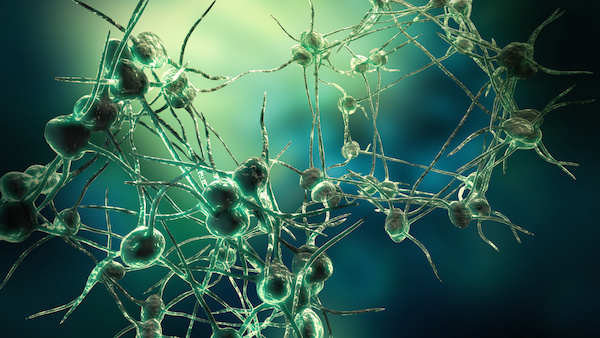MONDAY, July 12 (HealthDay News) — A large study by U.S. and Australian researchers suggests that puberty can be associated with a substantial increase in violent and socially aggressive behavior.
Researchers from the Murdoch Childrens Research Institute at the Royal Children’s Hospital in Melbourne, and the University of Washington School of Social Work in Seattle, examined survey data from almost 6,000 kids between the ages of 10 and 15 and reported that the odds of a child acting out violently are roughly three times higher when the child is in the middle and end of this volatile life stage, compared with just entering it.
“Puberty is a time of transition for young people, both biologically and socially,” said study lead author Sheryl Hemphill, a senior research fellow at the Murdoch Childrens Research Institute. “It’s important that parents maintain open communication with their children and provide opportunities for them to engage in positive activities to prevent violence and aggression.”
For the study, Hemphill and her colleagues examined self-reported survey data from a randomly selected group of 5th, 7th and 9th grade students in Victoria, Australia and Washington state. Roughly 1,000 students from each grade level in each location were surveyed between 2002 and 2004. Violent behavior was measured by looking at the students’ answers to two questions: how often during the past year had the student attacked someone with the idea of seriously hurting the person, or beaten someone so badly that medical treatment was required.
The survey also assessed so-called “social/relational aggression” by asking students how often over the past year they had gotten back at another student by not letting the person be in their group of friends, or told lies or started rumors about someone to make other friends not like them.
The researchers found that having antisocial friends and a dysfunctional home life seemed to increase the chances of these problems occurring, but that even after adjusting for these factors, the association between puberty and behavioral problems remained.
The findings were published online July 12 and in the August print issue of Pediatrics.
“The study certainly points out some important findings that should be further explored,” said Mary Alvord, a clinical psychologist in private practice in Rockville and Silver Spring, Md. But she cautioned that a key limitation of the research was that it determined violent or socially aggressive behavior on the basis of just two items, “so it’s important not to overgeneralize the results,” she added.
“My observations over the years are that, although younger children fight and hit, the consequences are not as great as they are with older kids, because teens are under less supervision and monitoring by adults, and so they’re more influenced by their peers and more apt to overreact,” she noted.
Alvord agreed with Hemphill about the importance of parental involvement at this stage of development. “Always talk with your teens about how things are going, about their frustrations, failures, successes, attempts and efforts. Often, driving them somewhere results in the best conversations because they are literally captive,” she said.
She also recommended that parents pay closer attention to their kids’ friendships. “Research has indicated that teens are less prone to violence when parents monitor their peer interactions and activities. Often this means networking with other parents to find out about what their [kids’] friends are involved in,” she said.
More information
To learn more about dealing with teen violence, visit Mental Health America.

